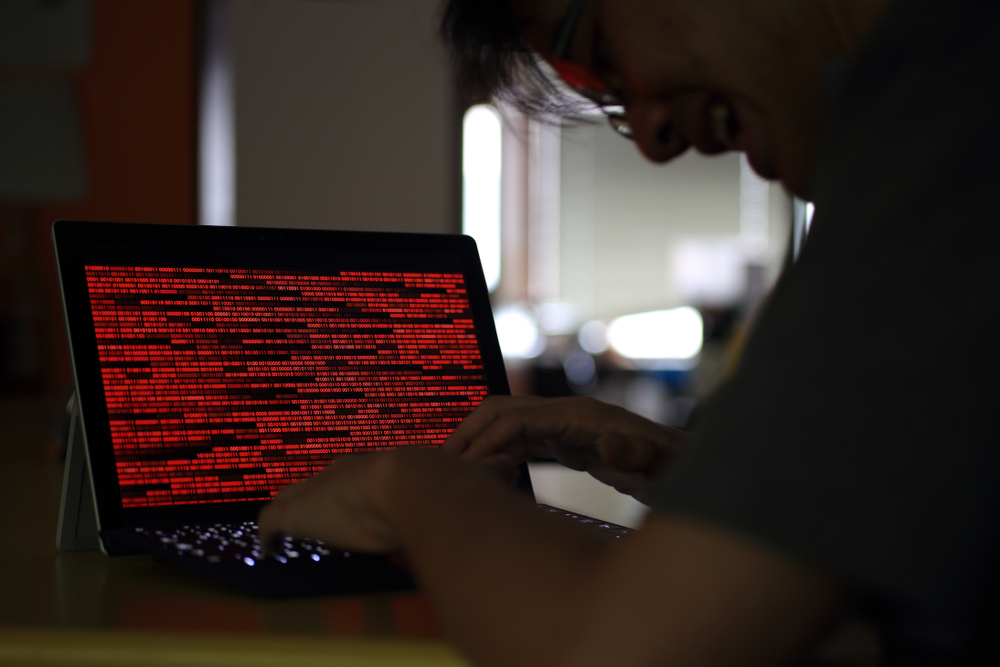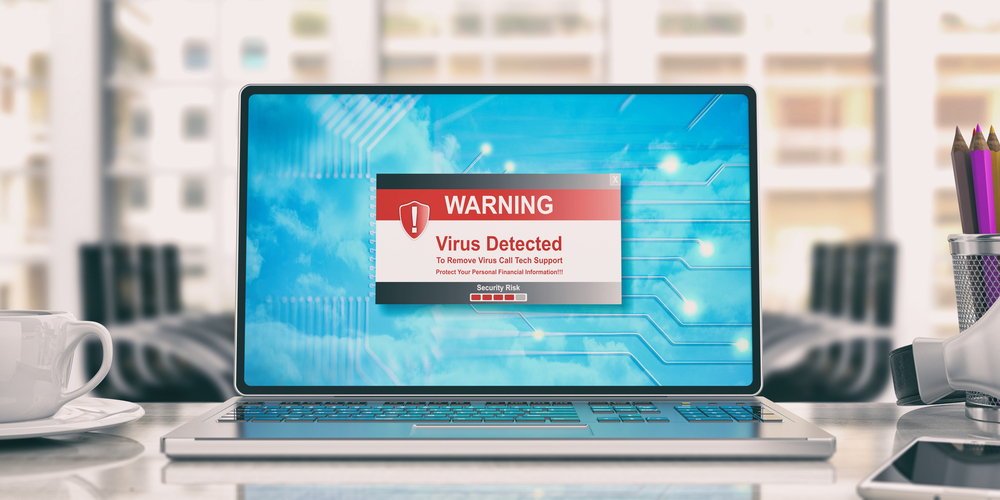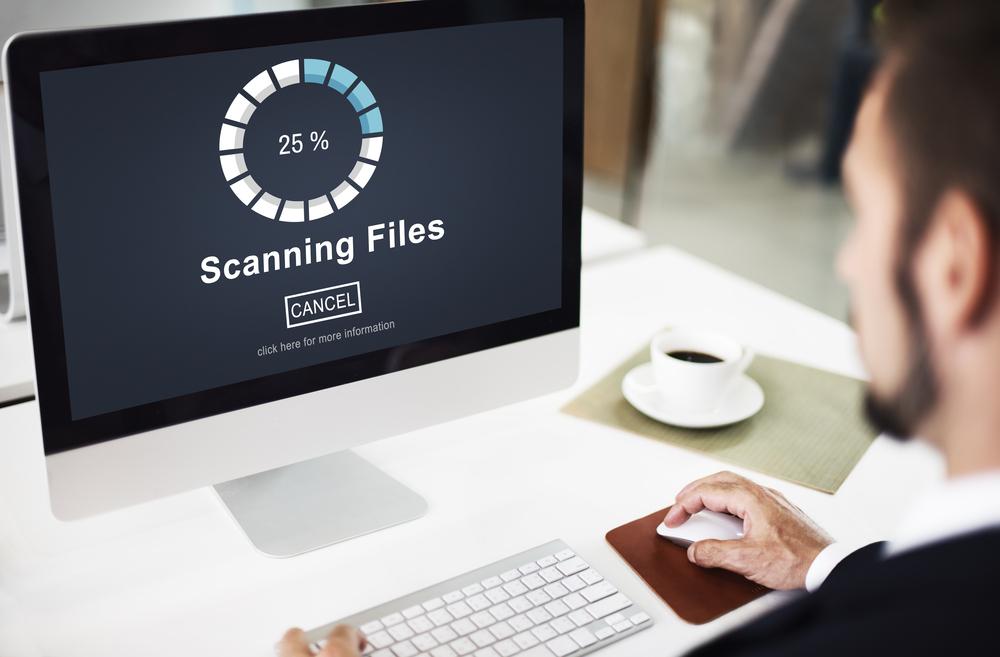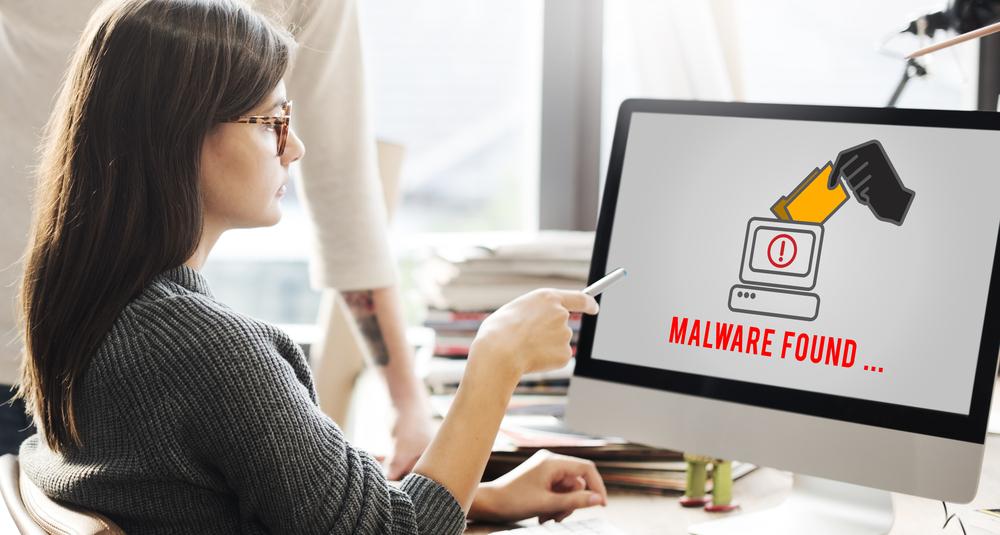Comprehensive Guide to Safeguarding Your Retirement Savings from Cybersecurity Threats
This comprehensive guide emphasizes the importance of cybersecurity for protecting retirement savings. It offers practical tips such as regular account monitoring, creating strong passwords, using updated security software, and recognizing phishing scams. The article highlights proactive measures to prevent cyber theft and scams, ensuring your retirement funds remain secure. Staying informed and vigilant is crucial in today's digital age, where cyber threats are constantly evolving, and safeguarding your financial future requires ongoing effort and awareness.

Comprehensive Guide to Safeguarding Your Retirement Savings from Cybersecurity Threats
Retirement savings accumulated over decades of diligent work and disciplined investing represent some of the most valuable assets individuals possess. Once amassed, these funds require careful protection against an ever-growing landscape of cyber threats. Although deposit insurance provided by entities like the FDIC covers bank accounts up to $250,000, this protection does not extend to investment portfolios or retirement accounts directly. Therefore, it is essential that investors understand their responsibilities and adopt robust security measures to safeguard their hard-earned savings from unauthorized access, cybercriminal attacks, and fraudulent schemes.
Often, clients face difficulties when attempting to recover funds or seek compensation after their accounts are compromised. This underscores the importance of proactive security strategies. In this comprehensive guide, we will explore practical tips and best practices to enhance the cybersecurity of your retirement accounts, minimizing the risk of theft and ensuring peace of mind for your financial future.
Related Article: Strategies to Reduce Unnecessary Banking Fees and Save More
Stay Informed on Cybersecurity Trends
Being aware of current online scams and evolving cybersecurity threats is crucial. Keep yourself educated by following trusted sources, financial news updates, and security advisories issued by your financial institutions. Recognize common red flags such as phishing emails or fake websites, and verify any suspicious communications before taking action. Regularly updating your knowledge helps you stay one step ahead of cybercriminals, who often target unaware individuals.
Regular Monitoring of Accounts
Make it a habit to review your financial statements weekly or bi-weekly. Frequent account checks allow you to identify unauthorized transactions early, increasing your chances of reversing fraudulent charges before they cause significant damage. Do not rely solely on monthly or quarterly statements; real-time vigilance is vital in today's digital environment.
Develop and Use Strong Passwords
Create passwords that are complex and difficult to guess. Combine uppercase and lowercase letters, numbers, and special symbols. Avoid using easily available information such as birthdays or common words like 'password'. Regularly change your passwords—every six months is a good practice—and avoid reusing passwords across different platforms to minimize vulnerability.
Keep Security Software Up-to-Date
Ensure your antivirus, anti-malware, and firewall programs are current. Regular updates patch vulnerabilities and enhance defenses against new threats. A secure, updated security software suite acts as a first line of defense against viruses, ransomware, and hacking attempts targeting your devices and accounts.
Be Cautious on Public Wi-Fi Networks
Accessing your retirement accounts over unsecured public Wi-Fi poses significant risks, including data interception and session hijacking. Whenever possible, use a trusted, password-protected network or a virtual private network (VPN) when managing sensitive financial information.
Protect Your Login Credentials
Never share your username, password, or two-factor authentication codes with anyone. Treat your login details as confidential information to prevent unauthorized access. Use secure password managers to store and organize your credentials safely.
Recognize and Avoid Phishing Attacks
Be wary of unsolicited emails or messages requesting personal or financial information. Authentic financial institutions will never ask for sensitive details via email. Avoid clicking on suspicious links or attachments. Always verify the sender's identity before responding to any requests for confidential data.
Log Out After Online Sessions
Always log out of your account after completing transactions or viewing sensitive information. This simple step prevents others from accessing your account if you leave your device unattended or share a computer.
Implementing these security measures can significantly reduce the risk of cyberattacks on your retirement savings. Proactive vigilance and routine security practices are essential to protect your financial future from online threats. Remember, remaining informed and cautious is the best defense against cybercriminals seeking to exploit vulnerable accounts.
Stay updated with the latest in banking, investment security, and cybersecurity trends. Follow us on social media platforms like Facebook and Twitter for ongoing insights, tips, and news to keep your retirement funds safe.





